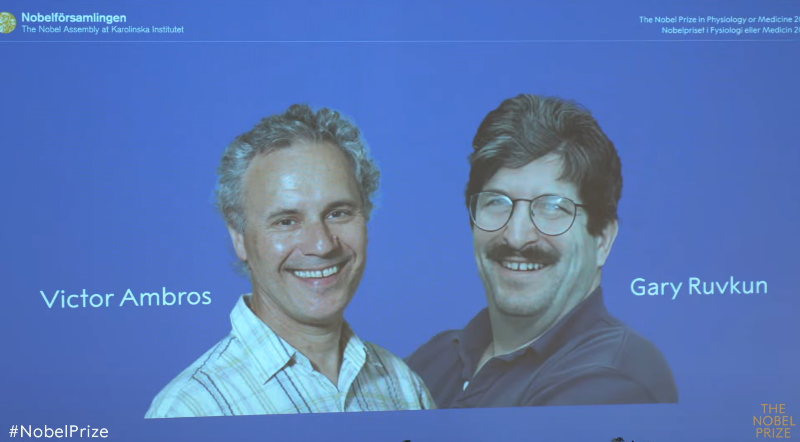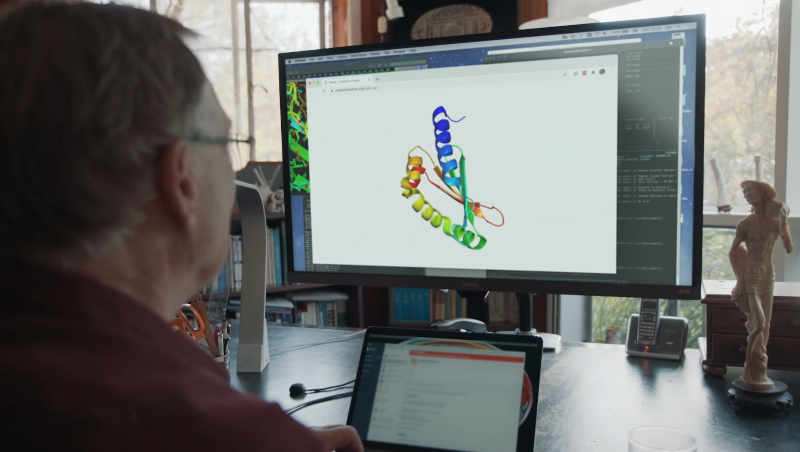KCNN4 acts downstream of PIEZO-mediated calcium influx to promote NLRP3 inflammasome activation.
(A) Genome-wide CRISPR/Cas9 screening identifies genes involved in Yoda1-mediated pyroptosis. RRA score in the comparison R837 plus Yoda1 vs vehicle. (B) ELISA measurements of IL-1β in culture supernatants from WT and KCNN4 KO THP-1 cells expressing GFP or GFP-tagged KCNN4 (KCNN4). Cells primed with 1 μg/ml LPS for 3 h and followed by treatment with 100 μM R837 in presence or absence of Yoda1 25 μM for 1 h. (C) Immunoblotting of culture supernatants (Sup) and lysates (Lys) from cells in experiments as described in panel B. Antibodies against IL-1β and Caspase-1 (CASP1) were used. An antibody against Tubulin was used as a loading control. (D) Uptake of Propidium Iodide (PI) in LPS-primed cells in experiments as described in panel B. (E) ELISA measurements of IL-1β in culture supernatants from LPS-primed BMDMs treated with 50 μM R837 or 15 μM nigericin with or without Yoda1 in medium containing indicated concentration of extracellular KCl. (F) Immunoblotting of culture supernatants (Sup) and lysates (Lys) from LPS-primed BMDMs in experiments as described in panel E. (G) Uptake of Sytox Green in LPS-primed THP-1 cells followed by treatment of 100 μM R837 or 15 μM nigericin with or without 25 μM Yoda1 in medium containing different concentrations of extracellular KCl. “ND” not detected. “ns” not significant, *p < 0.05, **p < 0.01, ***p < 0.001. Data are representative of at least three independent experiments.credit:doi: 10.1126/sciimmunol.adf4699
Cryopyrin-associated periodic syndromes (CAPS) are a group of autoinflammatory diseases caused by mutations in the NLRP3 (caspase recruitment domain-containing protein 11) gene. Patients experience episodes of systemic inflammation, characterized by fever, rash, arthritis, conjunctivitis, and neurological symptoms. Ran et al. discovered a crucial link between mechanical inputs and NLRP3 inflammasome activation, using various methods. Their findings suggested that PIEZO1, a mechanosensitive cation channel, and KCNN4, a calcium-activated potassium channel were critical for potentiating NLRP3 inflammasome activation in response to mechanical cues.
The authors first demonstrated that Yoda1, a PIEZO1 agonist, significantly enhanced the sensitivity of THP-1 cells to nigericin-induced NLRP3 inflammasome activation. This potentiation was observed through increased IL-1β secretion, cleavage of Caspase-1, and pyroptosis. Furthermore, the potentiation of inflammasome activation by Yoda1 was abolished in PIEZO1-deficient THP-1 cells.
Next, the authors revealed that PIEZO-dependent mechanosensing plays a pivotal role in NLRP3 inflammasome activation in macrophages. THP-1 cells cultured on stiff substrates or subjected to shear stress showed enhanced IL-1β release, which was abolished in PIEZO1/2-deficient cells. Additionally, myeloid-specific deletion of PIEZO1/2 in mice attenuated monosodium urate (MSU)-induced arthritis.
The authors elucidated the underlying mechanism through a CRISPR/Cas9-mediated knockout screen and identified KCNN4, a calcium-activated potassium channel, as a critical mediator of Yoda1-induced potentiation of NLRP3 inflammasome activation. They showed that PIEZO1 activation triggered calcium influx, activating KCNN4 to promote potassium efflux, thereby potentiating NLRP3 inflammasome activation.
Furthermore, the authors demonstrated that PIEZO1 activation was sufficient to activate the inflammasome in cells expressing CAPS-causing NLRP3 mutants, and KCNN4 inhibition attenuated autoinflammation in a CAPS-mimicking mouse model.
In summary, the authors have provided compelling evidence that PIEZO-dependent mechanical inputs augment NLRP3 inflammasome activation. This mechanism may play a pivotal role in NLRP3-dependent inflammatory diseases, including CAPS. Their findings could lead to the development of novel therapeutic strategies for the treatment of CAPS and other NLRP3-related inflammatory conditions. This study represents a significant contribution to the understanding of how mechanical signals modulate immune responses.
In addition to acting downstream of PIEZO-induced Ca2+ influx to promote NLRP3 inflammasome activation, the calcium-activated potassium channel KCNN4 (also known as KCa3.1) plays an important role in glioblastoma growth and invasion. A recent article published in Nature focused on glioma cell communication networks and their role in driving brain tumor growth. The authors utilized various methods to investigate the intricate communication patterns within glioma cells. These methods included in vivo multiphoton laser-scanning microscopy, in vitro tumor cell network growth assays, and single-cell RNA sequencing. By employing these techniques, the authors were able to observe complex multicellular patterns of calcium activity in gliomas, both in vivo and in vitro.
One of the key phenomena observed by the authors was the presence of a small subpopulation of glioma cells displaying rhythmic calcium oscillations. These cells, which made up 1-5% of the tumor, acted as hubs within the tumor cell network and significantly influenced overall calcium signaling. The authors further demonstrated that the removal of these periodic cells profoundly compromised the integrity of glioma networks, indicating their crucial role in tumor functionality and resilience.
Through their research, the authors concluded that glioma networks depended on a plastic population of cells with periodic calcium activity, acting as hubs, to drive tumor growth. The rhythmic calcium activity generated by these cells activated key signaling pathways, such as MAPK and NF-κB, which in turn promoted glioma cell proliferation and survival. The authors also identified the potassium channel KCNN4 as a critical regulator of rhythmic activity in glioma cells. Inhibiting KCNN4 effectively reduced the fraction of periodic cells and global calcium activity, leading to decreased glioma proliferation and tumor growth.
In summary, the authors provided a comprehensive characterization of the architecture and function of glioma cell networks, shedding light on the intricate communication patterns within these cell. The patterns emphasize the importance of targeting the tumor cell network as a whole, rather than individual cells, in order to effectively disrupt glioma growth. The identification of a plastic subpopulation of cells with periodic calcium activity as key drivers of glioma growth offers new insights into tumor biology, and the potential of KCNN4 inhibitors as novel therapies against gliomas represent significant contributions to the field.
Ran L, Ye T, Erbs E, Ehl S, Spassky N, Sumara I, Zhang Z, Ricci R. KCNN4 links PIEZO-dependent mechanotransduction to NLRP3 inflammasome activation. Sci Immunol. 2023 Dec 22;8(90):eadf4699.
Hausmann D, Hoffmann DC, Venkataramani V, Jung E, Horschitz S, Tetzlaff SK, Jabali A, Hai L, Kessler T, Azoŕin DD, Weil S, Kourtesakis A, Sievers P, Habel A, Breckwoldt MO, Karreman MA, Ratliff M, Messmer JM, Yang Y, Reyhan E, Wendler S, Löb C, Mayer C, Figarella K, Osswald M, Solecki G, Sahm F, Garaschuk O, Kuner T, Koch P, Schlesner M, Wick W, Winkler F. Autonomous rhythmic activity in glioma networks drives brain tumour growth. Nature. 2023 Jan;613(7942):179-186.







Post comments